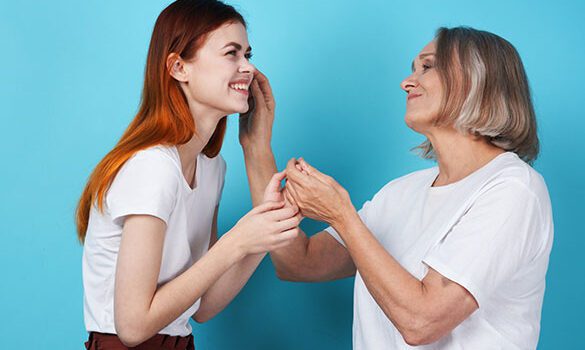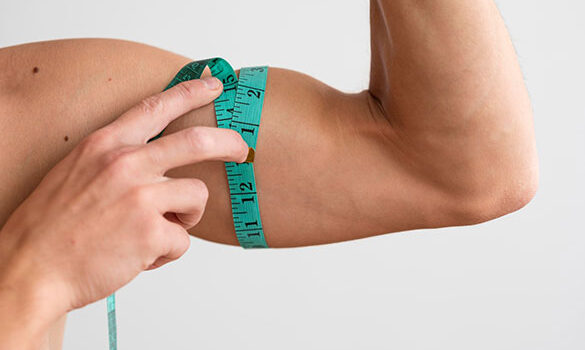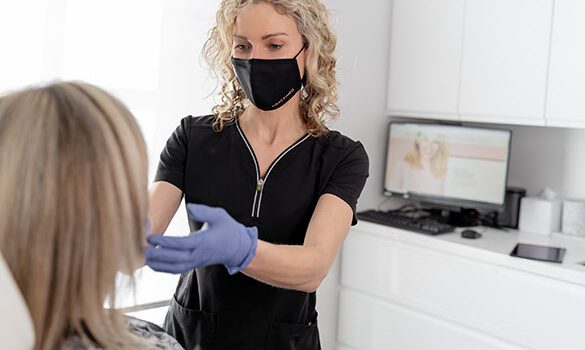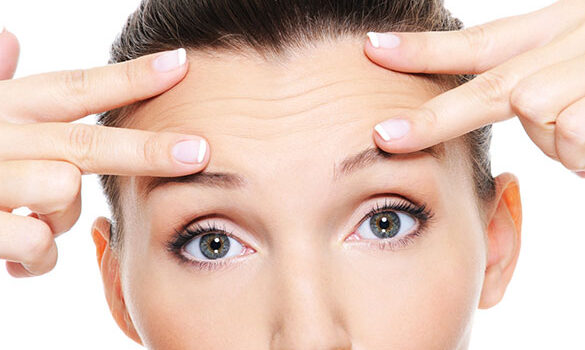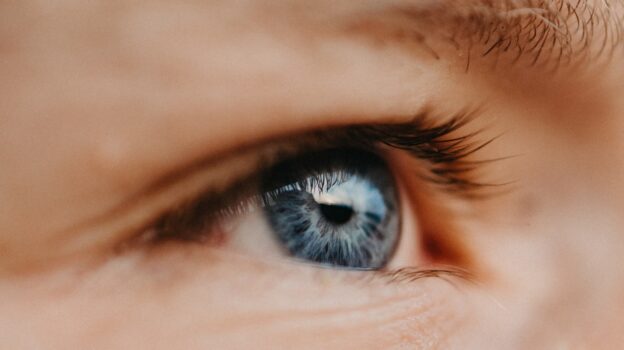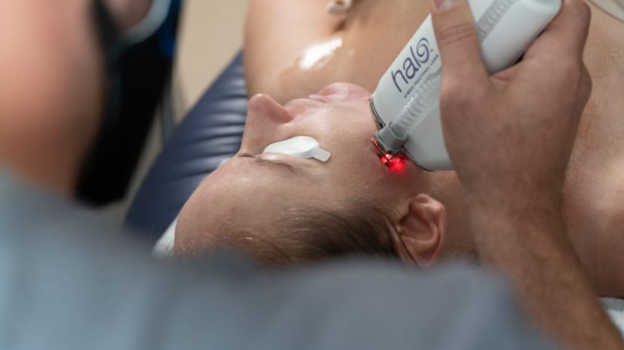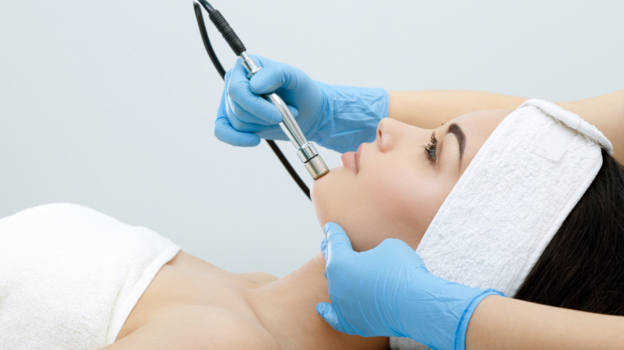Credit: Curology Via Unsplash
Many adults encounter at least one skin problem throughout their life, whether it be permanent like a temporary scar from a cut or permanent like psoriasis.
Not all skin conditions are the same, which is why there are different treatments available to help reduce varying conditions and their unique symptoms. Since the skin is the largest organ of the body, it is vital to look into any skin disorders and nip the problem at its bud whenever possible.
A human’s skin has many functions, some of which protect the rest of your body from harmful substances such as sunrays and germs. It is essential to note skin colour changes or structure as they can indicate an individual’s health. It’s important to get to know your skin better, so you can treat it better.
If you are faced with a skin condition you want to treat, you can visit in GraceMed medical clinic in Mississauga, Oakville, or any of our med spa locations to discuss the issue with our skin experts. We will help you weigh your options and work with you to determine the best treatment for your specific skin needs.
Here are some of the most common skin conditions and the treatment options that can help you keep them under control.
Dermatological Conditions
Most skin conditions like skin rashes, acne, and infections are classified as dermatological conditions. Although you can heal some of these skin conditions at home or with over-the-counter products, some common dermatological conditions will require a specialist’s help.
Consider some of the more common dermatological conditions and what steps are needed to treat or reduce their symptoms.
Acne
Acne is one of the most common skin conditions in Canada. About 20% of Canadians live with acne. Acne can be mild or severe and can at any stage of life, although it is most prevalent for individuals in their teenage years. This common skin condition typically occurs when hair follicles become plugged with oil and dead skin cells.
Symptoms
The signs of acne can vary depending on its causes and severity, but some symptoms of it include:
- Blackheads (open pores at center)
- Whiteheads (bumps under the skin with no opening)
- Small red bumps
- Pimples/bumps with pus at the tip
Causes
- Several factors contribute to acne production, some of which include:
- Excess oil production by follicles
- Dead skin cells in pores
- Bacteria built up in pores
Treatments
Your acne treatment depends on whether the acne is common or cystic. You can visit our acne clinic in Mississauga to determine the type of acne you have and identify the best ways to treat your skin.
Depending on your goal, whether it’s to remove existing acne marks or to prevent acne from occurring, our specialists can guide you through the process and help you find the correct solution. Since acne is one of the most common dermatological conditions, there are numerous solutions available to put your mind at ease.
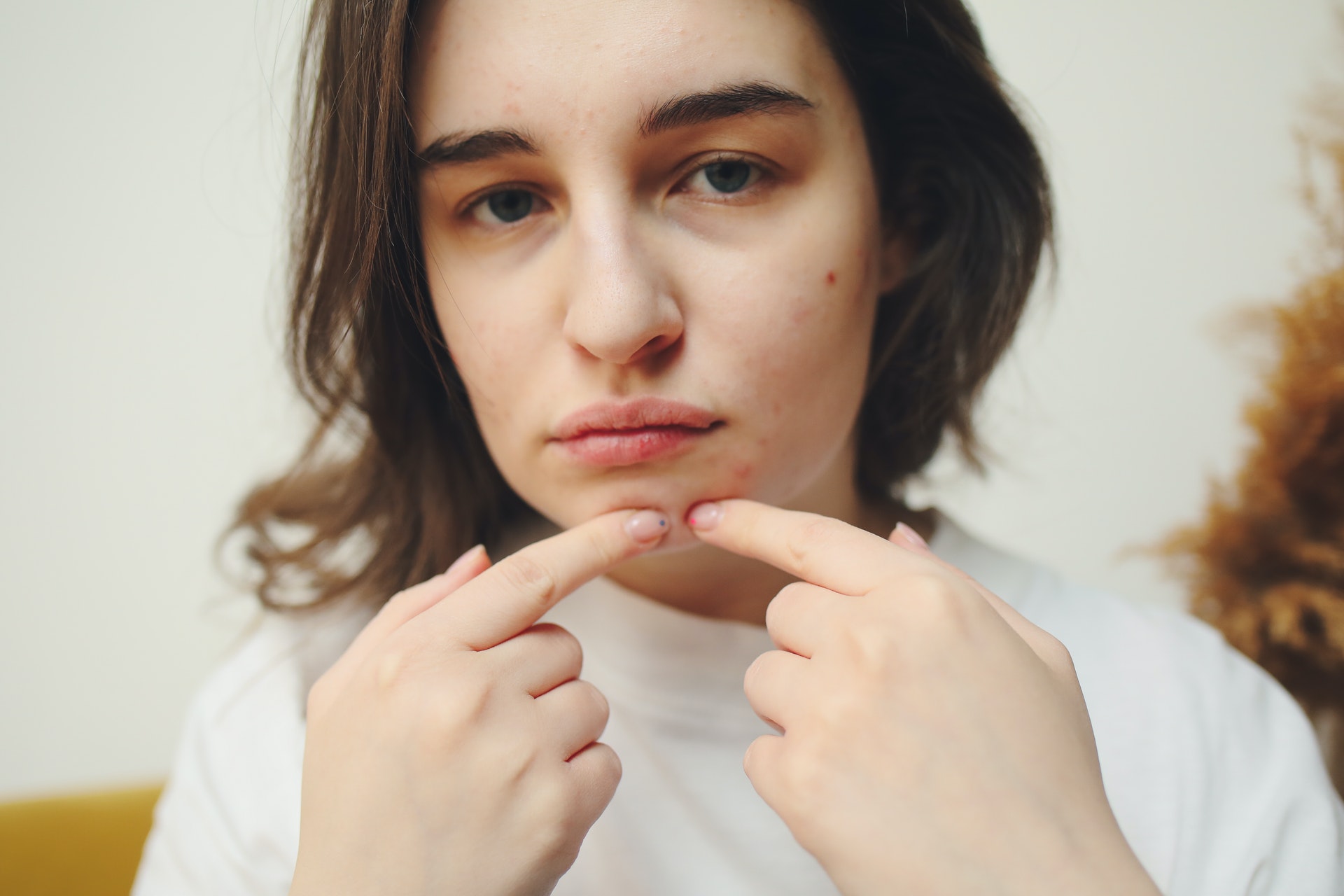
Credit: Polina Tankilevitch Via Pexels
Atopic Dermatitis (Eczema)
Eczema is a general term a rash-like skin condition. Its most common form is atopic dermatitis, which makes the skin red and itchy and can cause it to flare up sometimes. Atopic Dermatitis is a common skin disease experienced by kids, affecting 15% to 20% of children.
Symptoms
- Dry skin
- Swollen and sensitive skin
- Itchiness (especially at night)
- Red patches on the body
- Small bumps (can leak fluid when scratched)
Causes
- Food allergies
- Genetics (family history of dermatitis, hay fever, or asthma)
- The environment (low humidity causing dryness)
- Stress
Treatments
A dermatologist will identify the type of eczema you have and perform blood and allergy skin tests to determine the proper treatment for the condition. If your eczema occurs due to genetics, it can be challenging to control it, so a doctor may provide some medication to ease the redness and itchiness. You can also take some measures at home to reduce discomfort and prevent flare-ups.
- Use a humidifier to reduce skin dryness
- Moisturize skin with a cream or ointment
- Use milk skin products
- Avoid long, hot baths
Sunburn
When you live in a cold climate, the thought of summer approaching probably makes you want to prepare your swimsuits for the beach. You might lie down under the sun hoping to get a nice tan, but if you aren’t careful, you can end up leaving the beach with unpleasant sunburns. Unfortunately, 37% of adults reported at least one sunburn a year.
Symptoms
- Skin redness
- Swelling and sunburn blisters
- May feel like you have the flu in some cases (feverish, chills, nausea, etc.)
- Skin starts peeling and itching (after a few days)
Causes
- Three wavelengths of ultraviolet light (UVA, UVB, UVC)
Treatments
You can embrace home remedies such as compresses or aloe gel for temporary sunburn relief. However, if you’re suffering from a high degree of burn causing a lot of discomforts, you may need to consult a medical expert for suitable treatment. You can also try microdermabrasion in Mississauga, as it can brighten red or blotchy skin patches. The procedure uses high-tech skin care products to penetrate the deep layers of the skin, leaving you with healthy and youthful skin.
Once you’ve solved your current skin problem, it is vital to prevent the damage from occurring again to the best of your abilities. Using the best sunscreen can prepare your skin for the sun and reduce the chances of burns.
GraceMed is excited to carry the ZO Sunscreen + Powder Broad Spectrum SPF 40 with a built-in brush that provides instant protection in one simple on-the-go application. If you’re worried about reapplying oily sunscreen that can mess up your carefully crafted makeup, this can be your go-to skin product since the powder makes it easier to apply.

Credit: Armin Rimoldi Via Pexels
Prolonged sun exposure can even cause your skin to become saggy. Although this will probably not occur if you spend a few weeks hiking through the hills in the summer, but it can happen if the UV rays are in constant contact with your face or neck. Luckily, if that does happen, you can reverse the signs of ageing with a skin tightening session before the matter escalates.
Rosacea
Rosacea is a chronic but treatable skin condition that causes blushing and visible blood vessels in your face and produces small, pus-filled bumps. It is one of the most common skin conditions affecting middle-aged women. Surveys by the National Rosacea Society (NRS) revealed that nearly 90 percent of rosacea patients said this condition had lowered their self-confidence and self-esteem.
Symptoms
- Persistent redness and skin thickening
- Frequent blushing or flushing face
- Bumps and pus-filled pimples
- Visible blood vessels
- Burning and swelling skin
Causes
- Unknown but could be due to an overactive immune system, genetics, or environmental factors.
Treatments
Since rosacea symptoms vary from person to person, it is best to consult a medical professional to determine the type of treatment you need. Our experts at GraceMed use Intense Pulsed Light to reduce redness and rosacea. The IPL treatment is an effective treatment that rejuvenates the skin through the bright light through the epidermis, drawing out the pigment-producing cells and dispersing the uneven pigment.
Psoriasis
Psoriasis is a common and chronic autoimmune skin condition that causes the buildup of skin, leading to red, itchy and scaly patches, mainly on the hands, feet, neck, face, and scalp. The buildup can cause whitish-silver scaling on the skin’s surface that develops thick and red patches. Approximately 125 million people have psoriasis across the globe.
Symptoms
- Inflamed skin patches
- Whitish-silver scales of plaques on red patches
- Soreness, itching, and burning around patches
- Dry skin that can crack and bleed
- Swollen joints
- Thick, pitted nails
Causes
- Infections
- Weather conditions (cold and dry)
- Skin injury
- Stress
- Smoking or heavy alcohol consumption
- Some medications
Treatments
Although there is no specific cure for this dermatological condition, treatments are available to ease the discomfort, including oral and oral treatments. Your doctor can provide you with the best solution based on the degree of the condition, but these are some treatments for psoriasis:
- Steroid creams
- Salicylic acid
- Calcipotriol (strong form of synthetic vitamin D)
- Prescription retinoid
- Laser and light treatments like Instense Pulseed Light
- Medical grade skincare
- Mineral sunblock
- Oral antibiotics
- Topical medications
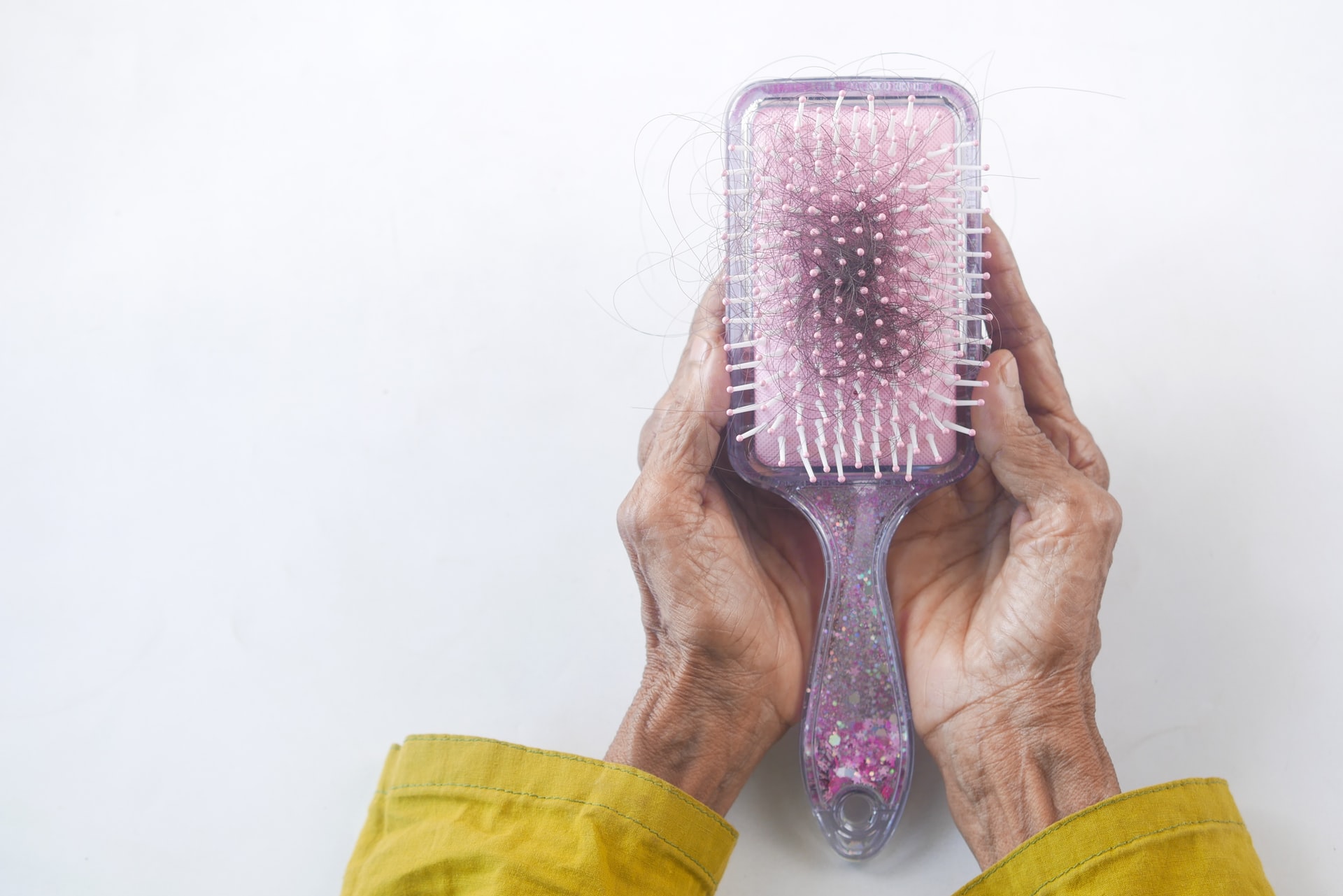
Credit: Towfiqu barbhuiya Via Unsplash
Androgenetic Alopecia
Unlike other skin conditions, androgenetic alopecia doesn’t show symptoms directly on the skin. However, it is one of the most common dermatological conditions that affects 30% of men by age 30 and 50% by age 50. Although women can also develop the condition, it is more common in men, along with male pattern balding. This autoimmune skin disease causes hair loss on the scalp, face, and occasionally on other body areas.
Symptoms
- Sudden extreme hair loss
- Receding hairline
- Thinner ponytail
- Excess hair in the brush
- Thinning eyebrows, eyelashes, or beard
- White line spots on nails
Causes
- Genetics/family history
- Hormonal changes
- Medical conditions
- Reaction to medications and supplements
- Radiation therapy
- Poor nutrition
- Stress
Treatments
There are numerous treatments available to reduce hair loss caused by androgenetic alopecia. Since it is one of the most common dermatological conditions causing stress to those who live with it, various treatments are available on the market. However, only a specialist can diagnose and identify the type of treatment you require. Some common treatments include:
- Minoxidil (Rogaine)
- Tretinoin (Retin-A)
- Exogenous Estrogen
Spider Veins
Spider veins are small, web-like damaged veins that appear to have a branching pattern. They are usually visible on the legs and sometimes on the face. An estimated 30% to 60% of adults have spider veins. Sometimes, spider veins are more of a cosmetic issue and don’t cause discomfort. However, this skin condition can escalate and result in muscle cramps or other physical problems.
Symptoms
- Red, blue, or purple web-like lines
- Pain, burning or throbbing
- Swelling of legs or ankles
- Twisted vein appearance
- Heavy feeling in legs
- Skin discoloration around a vein
Causes
- Weak or damaged valves
- Obesity
- Standing or sitting for a long time
- Pregnancy/fluctuation in hormone levels
- Heredity
- Trauma
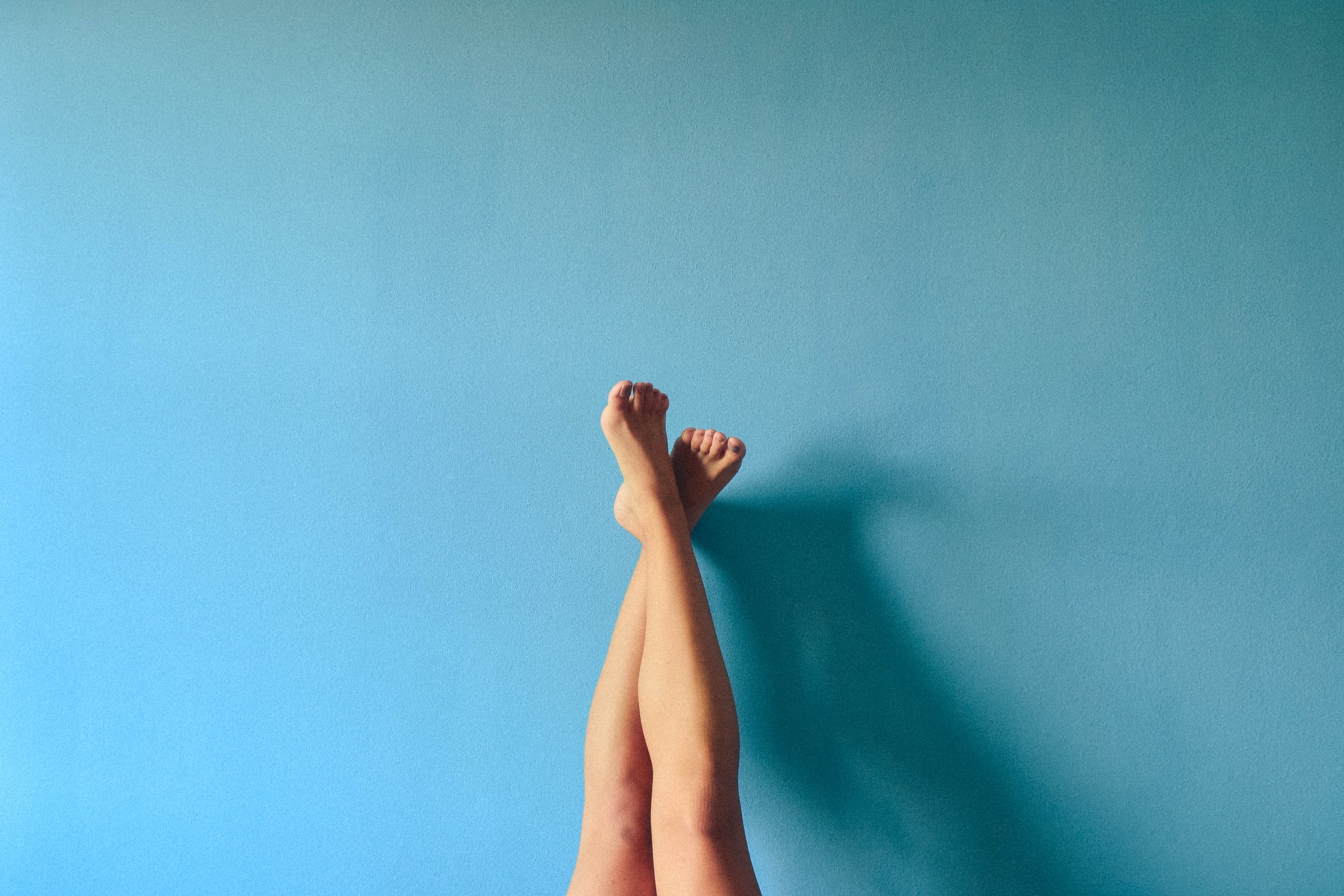
Credit: Lucrezia Carnelos Via Unsplash
Treatments
Treating spider veins is essential as it is more than a cosmetic concern. It can cause complications and limit your leg activity if the symptoms escalate and get out of hand.
Sclerotherapy is a treatment that can help treat spider veins. A solution is injected into the vein that collapses the vein, therefore reduces the appearance of the veins.
Medical Grade Skincare Products
Although numerous treatments are available to treat common dermatological conditions, some skin disorders require regular use of medical skincare products for best results.
GraceMed offers a large selection of dermatologist-approved skin care products usually found only in medical spas, dermatologist offices, or skin clinics. These skin treatment products offer a higher concentration of Medical Grade-A ingredients that allow you to achieve quicker and more effective results.
Benefits of Using Medical Grade Skincare Products
- High-quality ingredients
- Tailored to treat common dermatological conditions
- Better value of price
- Ability to penetrate layers of skin
- More investment in perfecting the product
- Strictly regulated by higher authorities, e.g., Health Canada
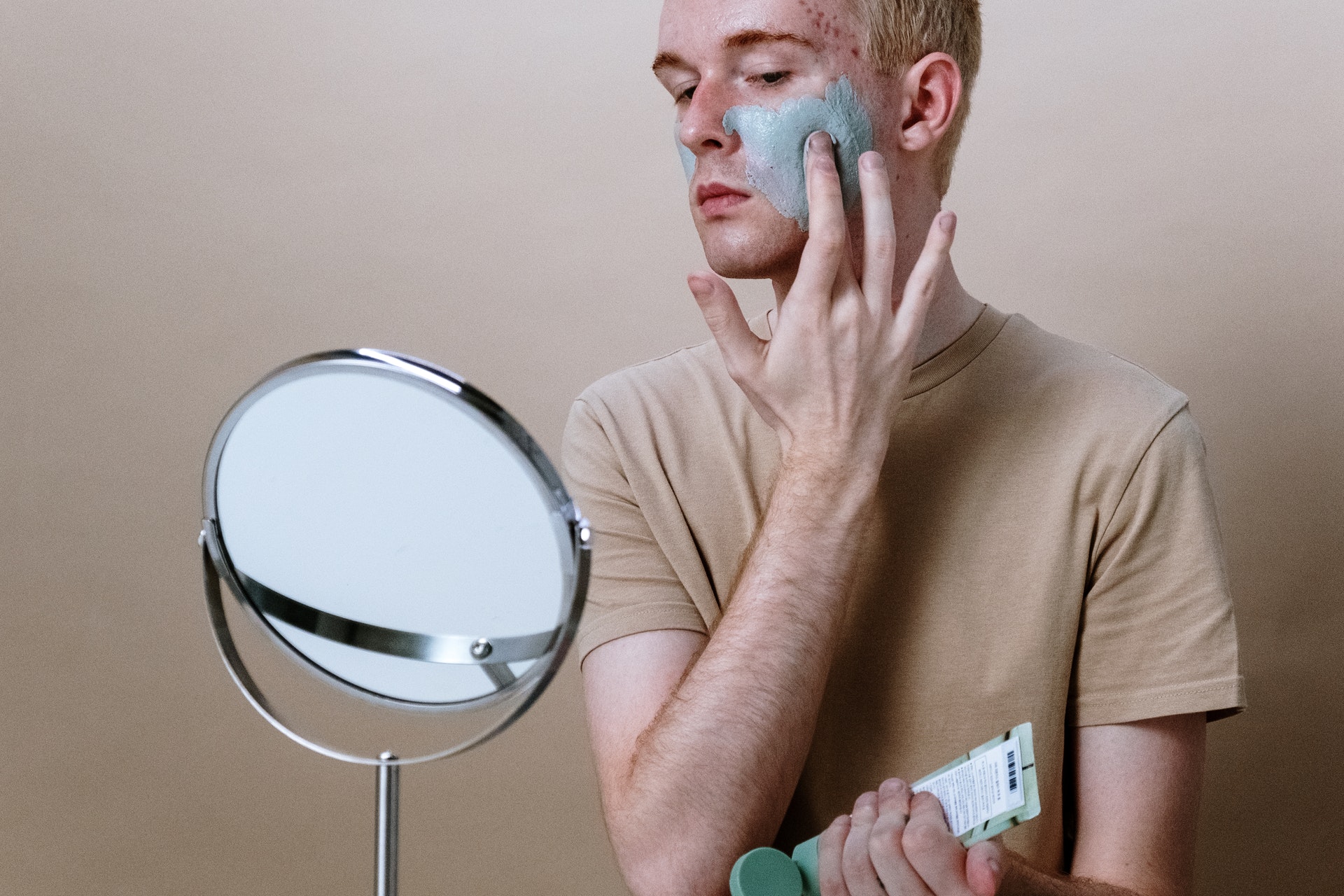
Credit: cottonbro Via Pexels
Home Skin Care Routines
Adopting a regular home skincare routine can help you maintain your youthful skin in the comfort of your home, so that your skin treatments will be the cherry on top you need to rejuvenate your face. Your skincare routine can consist of medical treatments and natural solutions, depending on the condition you’re trying to address.
Although the solutions for all skin conditions are different, there are general methods you can apply to keep your skin healthy. Here are some tips you can follow to help kickstart your home skincare routine.
- Figure out your skin type (dry, oily, combination, or sensitive) and find products created for your skin.
- Create a schedule. For example, wash your face two times a day and follow up with moisturizer and eye cream.
- Read the ingredients before purchasing a product.
- Create products at home with natural ingredients when possible.
- Don’t overuse any skin products.
- Avoid self-diagnosing. Consult a medical expert when necessary.
- Consider how different foods impact your skin
Treat Dermatological Conditions with GraceMed
Some skin disorders have no cure but, thanks to constant research and inventions, there are various treatments and medications available to slow down the progress or reduce the effects of some skin conditions.
If you’ve been diagnosed with any of the common skin conditions above, talk to the dermatological experts at one of our clinics and let us help you find you a solution. We want you to love being in your skin!







